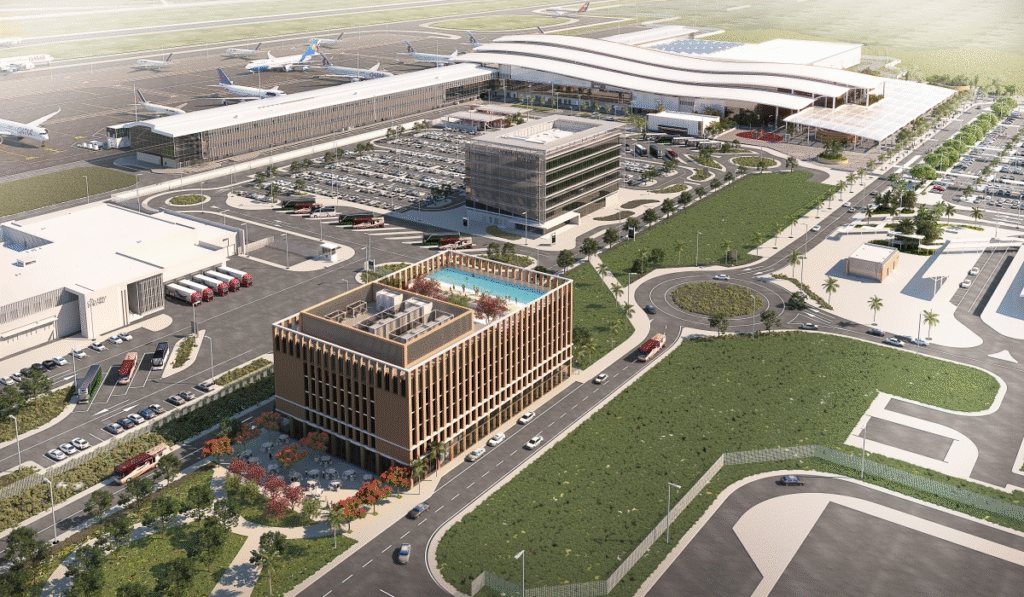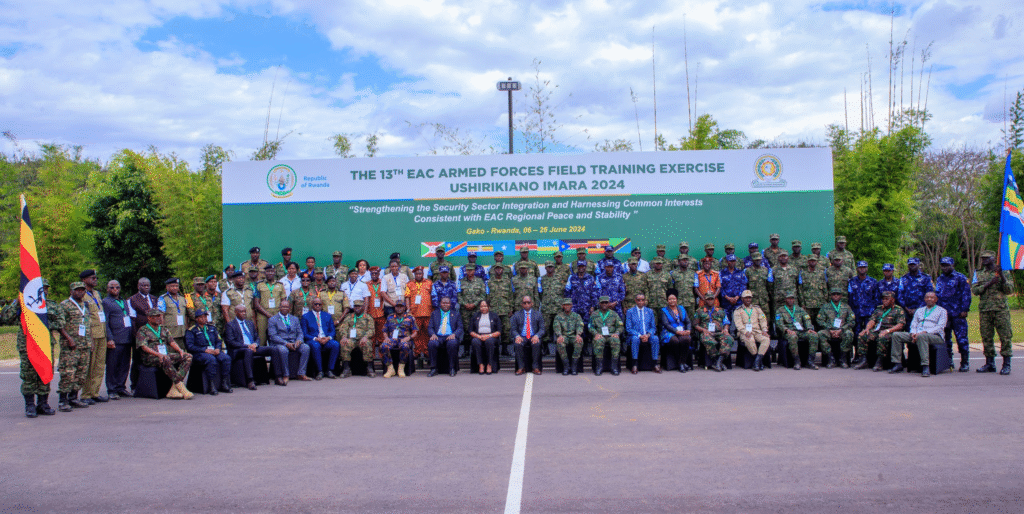
Introduction
As Rwanda’s aviation sector continues to grow, the security of its airport facilities—especially perimeter protection—has become a top priority. Kigali International Airport (KGL), the country’s main air gateway, plays a crucial role in regional connectivity, tourism, and economic development. Recognizing that airport perimeters are a critical line of defense against security breaches, Rwanda has adopted a multi-layered security strategy aimed at safeguarding its aviation assets. This article explores how Rwanda is strengthening airport perimeter security through a blend of physical infrastructure, surveillance technology, policy reforms, and staff training, all tailored to its unique risk environment and developmental context.
Why Perimeter Security Matters
- Airport perimeters serve as the outermost barrier against unauthorized access, sabotage, wildlife intrusions, and terrorism. A breach at this level can enable access to runways, parked aircraft, cargo facilities, or fuel storage—making it a significant threat to overall airport safety. In East Africa, where some countries face persistent security threats, a weak perimeter can expose airports to both criminal and militant exploitation.
- Rwanda, despite its political stability, is geographically close to volatile regions in the Great Lakes area. The government has, therefore, made it a priority to ensure that airport infrastructure is resilient against external threats, whether from organized groups, opportunistic criminals, or accidental incursions.
Physical Infrastructure Enhancements
- One of the cornerstones of Rwanda’s perimeter security strategy is the improvement of physical barriers at major airports. At Kigali International Airport, perimeter fencing has been upgraded to meet ICAO standards, including the use of double-layered fencing topped with razor wire and buried anti-dig barriers. Access points are limited and fortified with reinforced gates, and roads leading to restricted areas are monitored round the clock.
- Moreover, plans for the new Bugesera International Airport have incorporated perimeter security into the design phase. The perimeter will feature intrusion detection systems, surveillance towers, and restricted buffer zones to enhance physical isolation. These efforts are part of a broader infrastructure modernization program funded in part through public-private partnerships.
Surveillance and Detection Technologies
- Beyond physical fences, Rwanda is investing in smart surveillance systems to monitor perimeters more effectively. CCTV cameras with infrared night vision are strategically placed along vulnerable sections of the fence line. These are connected to centralized control rooms for real-time monitoring and incident response.
- The airport authority has also begun deploying motion sensors and ground-based radar in specific zones where natural barriers like forests or open fields make conventional fencing less effective. These technologies alert security teams to potential intrusions, enabling faster response times.
- Unmanned aerial vehicles (UAVs) have also been tested for perimeter patrols, especially during large events or elevated threat levels. While still in pilot phases, drones offer a cost-effective solution for monitoring large and difficult-to-access areas.
Human Resource and Training Measures

- Technology and infrastructure are only effective when paired with skilled personnel. The Rwanda Civil Aviation Authority (RCAA), in collaboration with the Rwanda National Police and airport operators, has ramped up training for security staff in perimeter patrol, surveillance operations, and emergency protocols.
- Security guards undergo regular drills simulating intrusion attempts, coordinated responses, and communication with law enforcement. The airport police division has also created specialized perimeter patrol units equipped with modern communication tools and mobility vehicles.
- Furthermore, airport staff working near the perimeter, such as maintenance crews and ground handlers, receive awareness training to identify and report suspicious activities—expanding the human layer of surveillance beyond dedicated security personnel.
Policy and Institutional Framework
- Rwanda’s approach to perimeter security is backed by a robust policy and regulatory framework. The National Aviation Security Programme (NASP), developed in line with ICAO Annex 17, outlines security responsibilities, risk assessments, and response protocols for all airport zones, including perimeters.
- The Rwanda Airports Company (RAC), under the oversight of RCAA, conducts regular security audits, including perimeter vulnerability assessments. These audits help identify weak spots, track security breaches, and recommend mitigation measures. In addition, Rwanda’s Security Risk Assessment model categorizes airports by threat level, enabling resources to be prioritized effectively.
- Customs and immigration authorities are also integrated into the airport security system, ensuring that any security lapse near the perimeter—such as unauthorized cargo movement or suspicious ground access—is handled through coordinated inter-agency response.
Community Engagement and Public Awareness
- In areas surrounding airports, local communities are sometimes inadvertently involved in perimeter breaches, particularly in regions where fences intersect with farmland or grazing routes. Rwanda has proactively engaged these communities through public awareness campaigns, explaining the importance of airport security and encouraging cooperation.
- Compensation and relocation measures have been implemented in some cases where perimeter extensions encroach on private land. Moreover, residents are encouraged to report suspicious activities through anonymous tip lines, creating an informal but valuable layer of security support.
Challenges and Ongoing Needs
- Despite the progress, Rwanda still faces several challenges in maintaining high-level perimeter security. Budgetary limitations constrain the rapid expansion of advanced technologies across all regional airports. While Kigali benefits from most investments, smaller airports like Kamembe face resource gaps that limit perimeter monitoring capacity.
- Additionally, adapting to evolving threats—such as cyber-physical attacks on surveillance systems or drone incursions—requires constant upgrades in both technology and training. Balancing civil liberties and surveillance concerns is another area requiring careful regulatory oversight.
Conclusion
Rwanda’s multi-tiered approach to airport perimeter security reflects its commitment to building a safe and secure aviation environment. By combining infrastructure upgrades, modern surveillance technologies, skilled personnel, policy alignment, and community involvement, the country is reinforcing its defenses at a time of increasing air traffic and regional security volatility. As East Africa moves toward greater airspace integration and aviation liberalization, Rwanda’s perimeter security efforts offer a model for how smaller nations can prioritize aviation safety through innovation, collaboration, and strategic planning.


